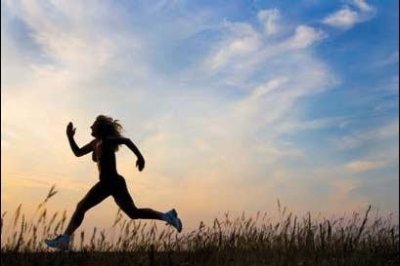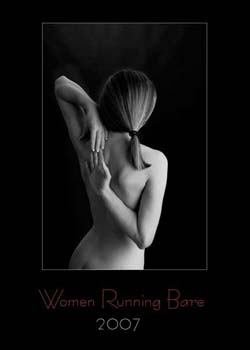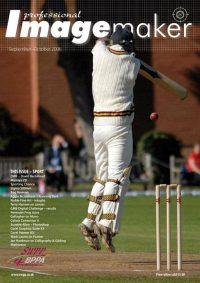articles/Profiles/running-page2
Running Bare - part 2 of 1 2 3
Published 01/09/2006

Aggie began shooting weddings - unpaid.
"I was doing my Foundation and for a whole year I assisted a wedding photographer, completely unpaid. No petrol money. Nothing. It was a massive learning curve experience but I was seriously struggling financially at the end of it."
Aggie got a job at a large wedding photography firm in Lancashire but soon became frustrated with the 'creative straitjacket' in which she found herself.
She says: "There was no chance to be creative. Everything had to be so formal. They used to give me three rolls of film. Three was the limit. Had I used a fourth roll I would have been shot on the spot."
A year later she had learnt the discipline of shooting fast on a job that can't be re-shot, and started fulfilling wedding commissions on her own.
Aggie had also found the time to broaden her photo-experience by assisting photographers in London and Manchester. "I assisted a female food photographer but I remember her studio was about four floors up - and she said she couldn't take me on because she wasn't sure I could carry up all the crockery props that were necessary."
Then came a turning point in Aggie's colourful career.

She submitted 10 images (from one of her degree projects) in the North West Photography Exhibition - and found she was the only entrant to have all 10 selected. In the event, Granada TV ran a 15-minute documentary on her work and later The National Portrait Gallery bought several images from her portfolio.
Her work was showcased at Oldham Art Gallery and 'Aggie's education' seemed complete when she was offered teaching jobs at Manchester University and the Thameside College.
She recalls: "A move into teaching seemed sensible at the time because the recession was hitting hard. I did keep my hand in with some freelance photography but threw myself wholeheartedly into teaching students from 16 years old up to MA level".
But money was hard to come by. A divorce left Aggie bringing up two children on her own. Ever-resourceful, she talked Thameside College into letting her write a new HND course - which in turn created a fulltime job.
She says: "All went well until the Labour Government came in and students started losing their grants. Then all the fun - and money - went out of teaching."
Aggie met, married and moved in with John - a company director and photography enthusiast. Six years ago they set about converting an old cowshed on his farm into a state-of-the-art photo studio.
Says Aggie: "We both got stuck in with sledgehammers and paint brushes and finished it in six months." Aggie picked up a number of awards and her work started to feature in newspapers and magazines. "The truth is I am a people's photographer. I shoot both in the studio and around the farm's extensive grounds - and also on location. But the overall mission with every shoot is to make it a life experience for the client. We allocate everyone a two-hour appointment at the cowshed (It's actually called Lancaster Studio) - and it's all very relaxed. We are not a production line and we don't have queues. We take time to let people prepare for the shoot - let them feed babies, change clothes, etc. If someone is late we can always fit them in. Before I can start shooting I create a rapid psychological profile of the client. I need to empathise with sitters before I can attempt to capture who they really are. It's all about developing trust."
Please Note:
There is more than one page for this Article.
You are currently on page 2
1st Published 01/09/2006
last update 09/12/2022 14:58:40
More Profiles Articles
There are 28 days to get ready for The Society of Photographers Convention and Trade Show at The Novotel London West, Hammersmith ...
which starts on Wednesday 14th January 2026





